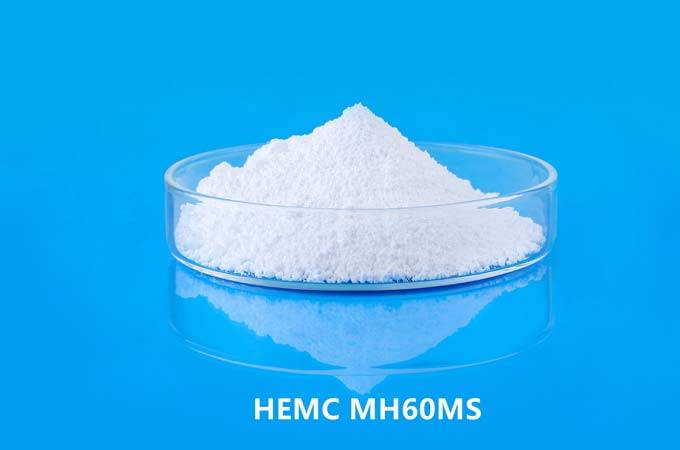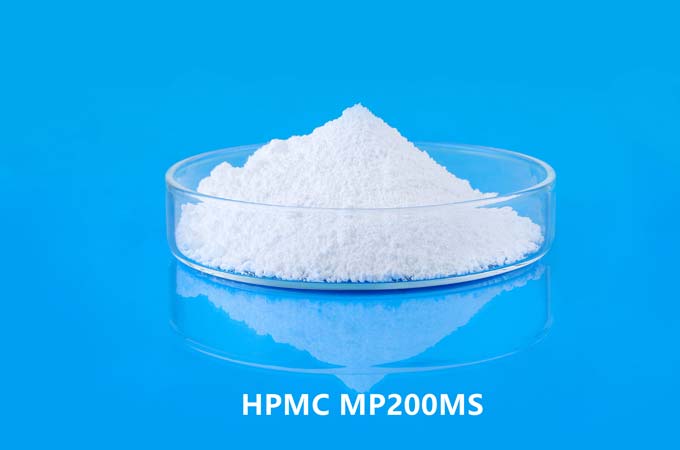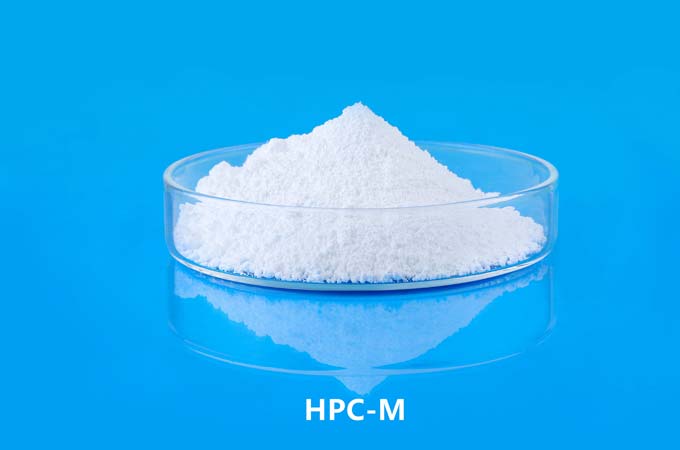Hydroxypropyl methylcellulose (HPMC) is a versatile polymer used in a variety of industries, including pharmaceuticals, food, construction, and cosmetics. The different grades of HPMC, such as E and K, refer to variations in its properties, which are tailored to specific applications. To understand the differences between HPMC E and K, we need to explore their chemical structures, manufacturing processes, physical properties, and applications.
1.Chemical structure:
HPMC E (ether):
HPMC E was synthesized by treating cellulose with propylene oxide and methyl chloride.
The chemical structure includes hydroxypropyl and methoxy groups attached to the cellulose backbone.
Changes in the ratio of hydroxypropyl to methoxy groups affect the solubility and gelling properties of the polymer.
2.HPMC K (K100M, K15M, K4M, etc.):
HPMC K is also obtained from cellulose through a series of chemical reactions between propylene oxide and methyl chloride.
K grades have different viscosity levels indicating degree of polymerization and molecular weight.
3. Manufacturing process:
Hydroxypropyl Methylcellulose E:
The production process involves introducing propylene oxide and methyl chloride into cellulose under controlled conditions.
Reaction parameters, such as temperature and reactant ratios, determine the properties of the final product.
Hydroxypropyl methylcellulose K:
The manufacturing process of HPMC K involves varying the degree of etherification and controlling the molecular weight.
Different grades (K100M, K15M, K4M, etc.) can be obtained by adjusting the reaction conditions during synthesis.
4.Physical properties:
Solubility:
HPMC E: Generally has better water solubility than HPMC K, making it suitable for applications requiring rapid dissolution.
HPMC K: Dissolves slowly in water, which is advantageous in some formulations.
Viscosity:
HPMC E: Generally has a lower viscosity compared to HPMC K, affecting its thickening and gelling properties.
HPMC K: Available in various viscosity grades, allowing customization based on desired thickness or rheological properties.
5.Application:
Hydroxypropyl Methylcellulose E:
Pharmaceutical: Binders used in tablet coatings, controlled release formulations, and wet granulation processes.
Construction: Used in tile adhesives, mortars and cement-based products due to its water-retaining and thickening properties.
Food industry: used in edible films, gels, and as a thickener for various foods.
Hydroxypropyl methylcellulose K:
Drugs: Often used in controlled release formulations as it provides sustained drug release over time.
Construction: Used in dry mix products such as stucco and joint compound for water retention and improved workability.
Personal Care Products: Used in cosmetics and toiletries for thickening and stabilizing effects.
HPMC E and K represent different variants of hydroxypropyl methylcellulose that differ in chemical structure, manufacturing process, and physical properties. The choice between these grades depends on the specific requirements of the intended application, such as solubility, viscosity and other performance attributes. Manufacturers and formulators carefully select the appropriate grade of HPMC to achieve the desired performance in the final product.
 English
English 日本語
日本語 français
français Deutsch
Deutsch Español
Español italiano
italiano русский
русский português
português العربية
العربية Türkçe
Türkçe Nederland
Nederland



